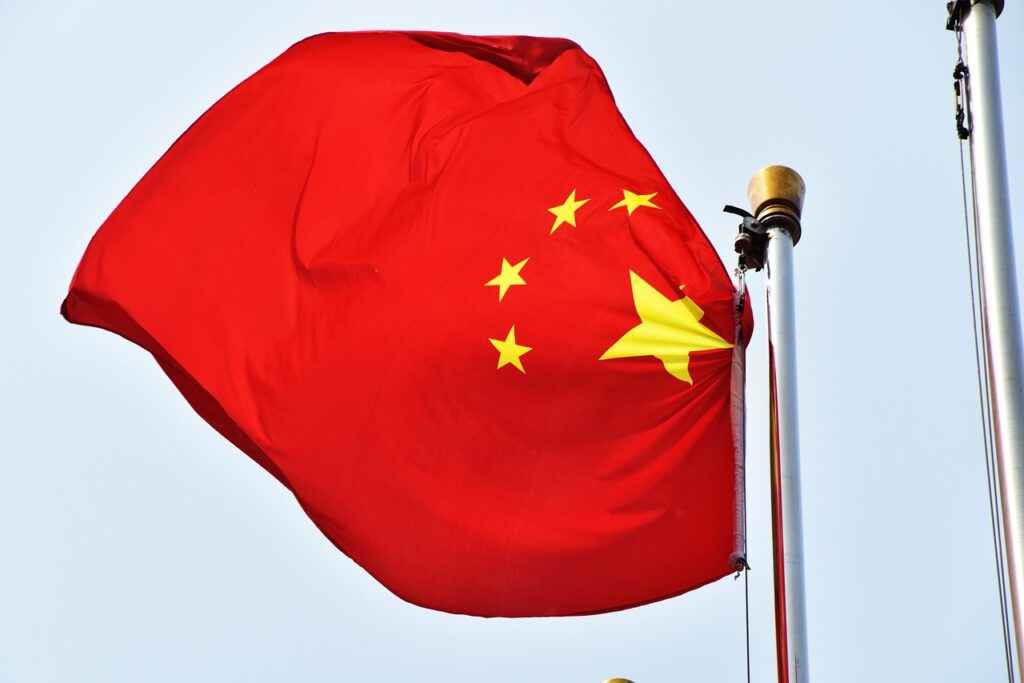China has completed construction of the world’s first self-contained offshore platform for the production of green hydrogen, ammonia, and methanol.
Located off the coast of Shandong province, the pilot project positions itself as a proof-of-concept for future ocean-based fueling hubs capable of servicing clean-fuel vessels at sea — a critical infrastructure piece in the maritime sector’s decarbonization agenda.
The platform, which operates entirely off-grid, harnesses energy from an array of solar PV modules mounted both on the structure itself and on adjacent floating solar units. This electricity powers three electrolyser systems, one of which notably employs direct seawater electrolysis, while the other two are supplied with up to five tonnes of freshwater per day from an onboard desalination unit. This hybrid electrolysis configuration allows the platform to test the operational efficiencies and resilience of direct seawater splitting — a technology still in the early stages of commercial development — against conventional freshwater-based systems in a dynamic offshore environment.
The platform’s core function is to demonstrate how alternative fuels can be produced and bunkered at sea, bypassing onshore infrastructure constraints that have hampered the scaling of zero-carbon fuels for shipping. The maritime sector, responsible for nearly 3% of global greenhouse gas emissions according to the International Maritime Organization (IMO), faces mounting pressure to adopt fuels such as green hydrogen, ammonia, and methanol as viable alternatives to marine gasoil and heavy fuel oil.
Operating a fully autonomous hydrogen production platform offshore presents formidable technical challenges, particularly in managing variable power supply from floating solar assets, ensuring electrolyser durability in a corrosive marine environment, and safely handling and storing volatile gases like hydrogen and ammonia at sea. The project’s incorporation of direct seawater electrolysis, while scientifically promising, introduces further complexities related to membrane fouling, corrosion control, and product purity under continuous operation.
If the pilot demonstrates operational viability, it could open a pathway for deploying modular, offshore fuel production platforms near high-traffic shipping corridors, reducing the logistical barriers to decarbonising long-haul maritime routes. Such facilities would also complement emerging land-based green fuel hubs at key ports, providing redundancy and flexibility in fuel supply chains.
China’s decision to prioritize offshore hydrogen infrastructure aligns with its dual objectives of advancing energy security through renewable technologies and asserting a leadership role in maritime decarbonisation solutions. As other nations — particularly those with extensive coastlines and congested ports — weigh how to support green shipping fuel distribution, the performance of this pilot could provide crucial data on feasibility, cost, and operational safety.
Stay updated on the latest in energy! Follow us on LinkedIn, Facebook, and X for real-time news and insights. Don’t miss out on exclusive interviews and webinars—subscribe to our YouTube channel today! Join our community and be part of the conversation shaping the future of energy.





